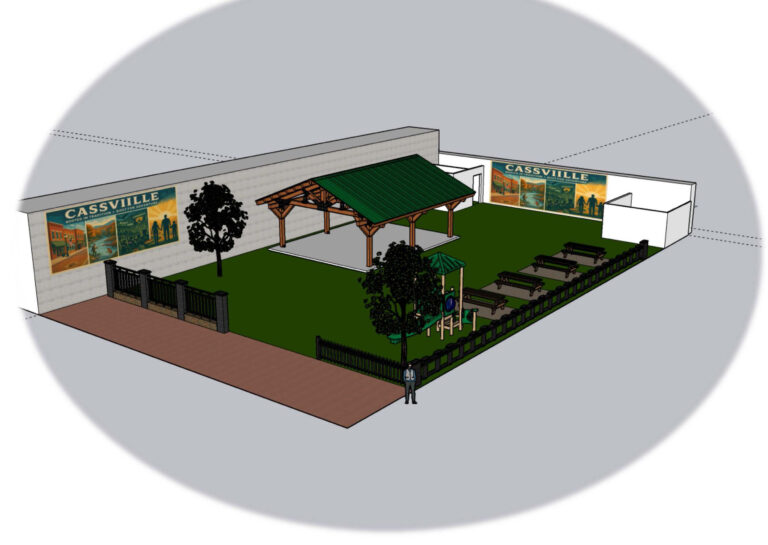Cassville Mercy delivers new mammogram imaging
Women who receive their annual mammograms at Cassville Mercy Hospital are benefiting from new equipment at the facility, aiming to better- serve patients in the ongoing battle against breast cancer.
Gail Pierce, with Cassville Mercy Hospital, said the new mammography unit is a Hologic Selenia Combo (dual) Imaging Unit.
‘It is nice because we can image the breast tissue in 2D and 3D during the same exam with no additional positioning or compression,’ she said.
‘It is, from the patient’s perspective, the same exam they have always had if they have had prior exams. ‘The importance of 3D imaging is you have an increased degree of clarity and detail on a 3D image which is important, especially for dense breast tissue.’
Pierce said the nice thing about having 2D is that most women have had 2D studies, and hospitals always compare previous images to current images.
‘The 2D image allows us to compare prior and current images using the same technical factors,’ she said. ‘We did more than 1,200 mammograms in the past year. Our numbers are increasing monthly.’
Pierce said the last update Cassville Mercy heard from northwest Arkansas was that mammograms were booked out until February 2023.
‘I have not had an update from Springfield, but they were booked out until January when we were updated a month ago,’ she said. ‘The reason for some of the backlog is lack of personnel, radiologists and technologists.’
Pierce said recommendations vary for breast cancer and cancer awareness, depending on the organization.
‘We still recommend self-breast exam,’ she said. ‘It has been proven that if a woman knows what is normal for her and how her breast tissue reacts to hormone influence, etc, the earlier they can detect a change in their own breast tissue.
‘Things like a lump, nipple retraction, skin changes and nipple discharge are easier to detect when we know what is normal for us.’
Pierce said the American Cancer Society recommends a screening baseline exam between the ages of 35-40.
‘A screening exam for woman every 2 years from 40-50, and a yearly mammogram after the age of 50,’ she said. ‘If a patient has a family history of breast cancer, those recommendations should be adjusted for those patients to more appropriate screening recommendations, especially if the family has a history of breast cancer diagnosed at an early age.
‘ Pierce said any symptoms like lump, skin dimpling or pulling inward, nipple retraction, itching in the areola/breast, rash, redness, or inflammation of the skin, or nipple discharge need to be checked by a physician immediately.
‘That physician will determine if the patient needs a diagnostic mammogram or should get a screening exam.,’ she said. ‘Screening exams are generally done once a year and can be scheduled by the patient themselves or they can call the Mercy scheduling department and get it scheduled.
‘If a patient needs a diagnostic study, they need an order from a physician. Our scheduling department will schedule them as soon as possible. When the patient arrives, we review her or his symptoms with them and discuss them with the radiologist.’
Cassville Mercy Hospital has a radiologist covering for all diagnostic mammograms.
‘We get the images the radiologist recommends, including a breast ultrasound if necessary,’ she said. ‘The images are reviewed fully while the patient is in our radiology department, and a result and recommendations are provided to them before they leave the hospital.’
Pierce said the Cassville Mercy Hospital does multiple mammograms for male patients every year.
‘Men can get breast cancer and should see a physician if they experience a change in the tissue or skin in the chest or breast area,’ she said. ‘[For men or women] it is easy to ignore or put off taking care of oneself, especially during these trying times.
‘I tell my patients to develop good habits of paying attention to changes in their bodies, most especially with self-breast exams. Many breast cancers are found in patients who have no symptoms.’





